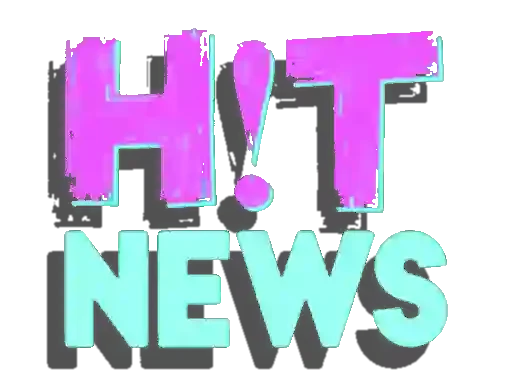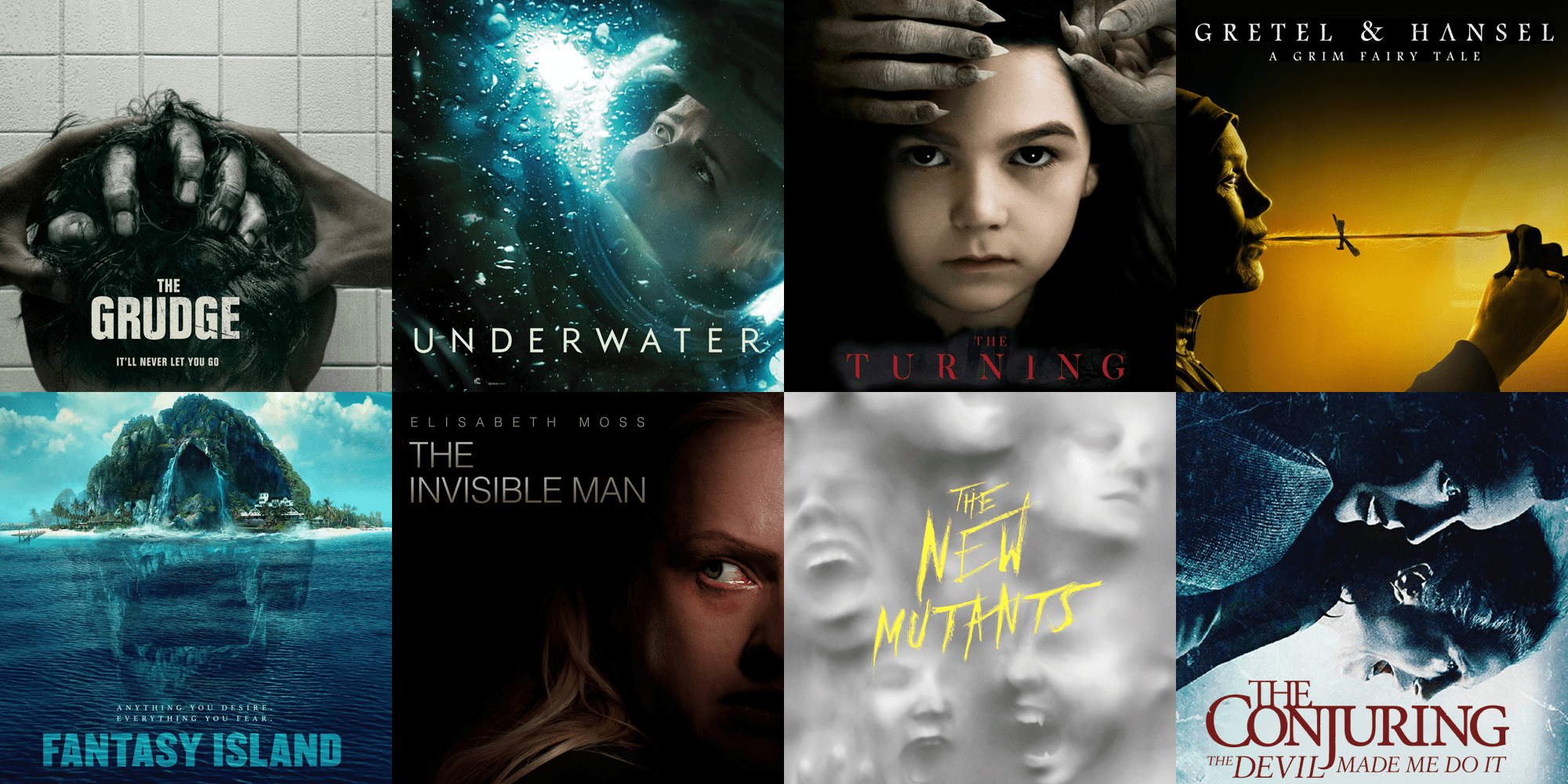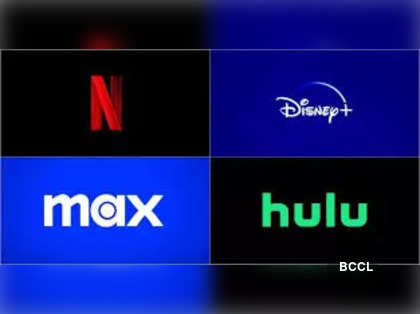Exploring the Realm of the Most Terrifying Beasts
When delving into the world of fearsome creatures, it is essential to recognize the blend of folklore, mythology, and reality that shapes our perceptions. From the ocean’s depths to the darkest forests, the existence of creatures like the great white shark, African lion, and myths like the Yeti or Chupacabra remind us of nature’s raw power and unpredictability. Scientific studies have continuously highlighted that fear often stems from misunderstanding; for instance, sharks, despite their fearsome reputation, are often misunderstood and play crucial roles in maintaining marine ecosystems.
Beyond the Surface: Understanding Fear and Its Origin
While fascinating, the concept of fearsome creatures can often be inflated through media and pop culture, leading to exaggerated perceptions. The rise of documentaries and films showcasing these animals has led to a dual understanding—one that is rooted in awe and respect, and another that perpetuates sensationalism. This makes it imperative for audiences to prioritize scientific literacy and critical thinking when consuming content about such creatures. Moreover, awareness of conservation efforts is key; many species labeled as fearsome are endangered due to habitat loss and human activity, prompting a need for a balanced perspective.
The Evolution of Fearsome Creatures in Storytelling
As we look forward, the narrative around fearsome creatures in entertainment is bound to evolve. With advancements in CGI and virtual reality, filmmakers now have the tools to bring these beings to life like never before, providing audiences with immersive experiences that blend realism and storytelling. However, it is also crucial for creators to enhance public awareness on the raw truths about these creatures, as their role in folklore often contrasts starkly with their ecological importance. The entertainment industry will need to balance fear with responsibility, championing both thrilling narratives and factual accuracy to foster a deeper respect for the natural world.
Iconic Horror Figures Redefined
Iconic horror figures have long held a significant place in our collective psyche, haunting our dreams and fueling our fears. From the enigmatic Dracula to the menacing Michael Myers, these characters have transcended mere fiction to become cultural touchstones that continue to captivate audiences worldwide.
What sets apart iconic horror figures that stand the test of time is their ability to tap into primal fears and societal anxieties, resonating with each generation in a unique way. They serve as mirrors reflecting the darker aspects of human nature, offering a cathartic experience through the exploration of fear in a safe environment.
However, as society evolves, so do our fears and perceptions. The redefinition of these iconic horror figures becomes essential to keep them relevant and engaging for modern audiences. This often involves reimagining their origin stories, motivations, or even giving them a contemporary twist to reflect current societal concerns.
By reinventing these classic characters, filmmakers and writers infuse fresh life into timeless legends, breathing new energy into the horror genre. This dynamic process of reinvention not only keeps the narratives vibrant but also allows for a deeper exploration of complex themes and character development.
Ultimately, the redefinition of iconic horror figures is a testament to the enduring power of storytelling and the malleability of fear itself. As these characters continue to evolve with the times, they remind us of the enduring fascination with exploring the shadows of the human psyche.
The Rise of New Horror Icons
Horror cinema continues to evolve with the emergence of new iconic characters that send chills down our spines. These modern horror icons bring fresh terror to the screen, captivating audiences with their eerie presence and unsettling narratives. From sinister dolls to paranormal entities, these characters have left an indelible mark on the genre.
Embracing Diversity in Horror
One notable trend in the rise of new horror icons is the embrace of diversity in storytelling and character representation. Filmmakers are introducing characters from various backgrounds, cultures, and identities, adding richness and complexity to the horror landscape.
Challenges of Living Up to Classic Icons
For new horror icons, one significant challenge is living up to the legacy of classic characters like Freddy Krueger and Jason Voorhees. To stand out in a crowded genre, these emerging icons need to offer innovative scares, compelling backstories, and a distinct visual identity that sets them apart.
Innovative Marketing Strategies
In the digital age, the rise of new horror icons is often accompanied by innovative marketing strategies that leverage social media, immersive experiences, and interactive campaigns to engage fans and build anticipation. These fresh approaches help create buzz and excitement around the latest horror creations.
Future Classics: Monsters to Watch For
Breaking Down the Headlines
As the entertainment industry continues to churn out a variety of monster-related content, there are specific creatures that stand out as potential future classics. These monsters possess unique characteristics, intriguing storylines, and the potential to captivate audiences of all ages.
The Bigger Picture
When examining the trend of monster-centric entertainment, it becomes apparent that certain archetypes and mythologies tend to endure over time. Whether drawing inspiration from folklore, literature, or entirely new creations, these monsters often reflect societal fears, values, and interests, creating a connection that resonates across generations.
What This Means Going Forward
Looking ahead, the rise of these new monster classics could influence various industries, from film and literature to merchandise and theme park attractions. By analyzing audience responses, cultural shifts, and market demands, creators can anticipate which monsters will become the icons of tomorrow, shaping the future landscape of entertainment and pop culture.



